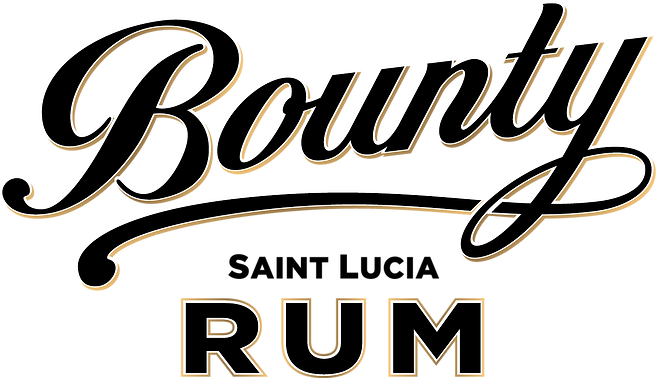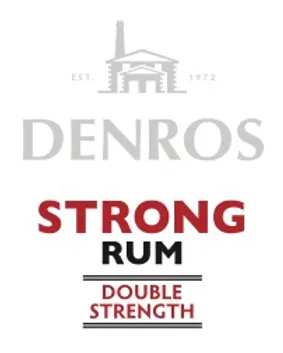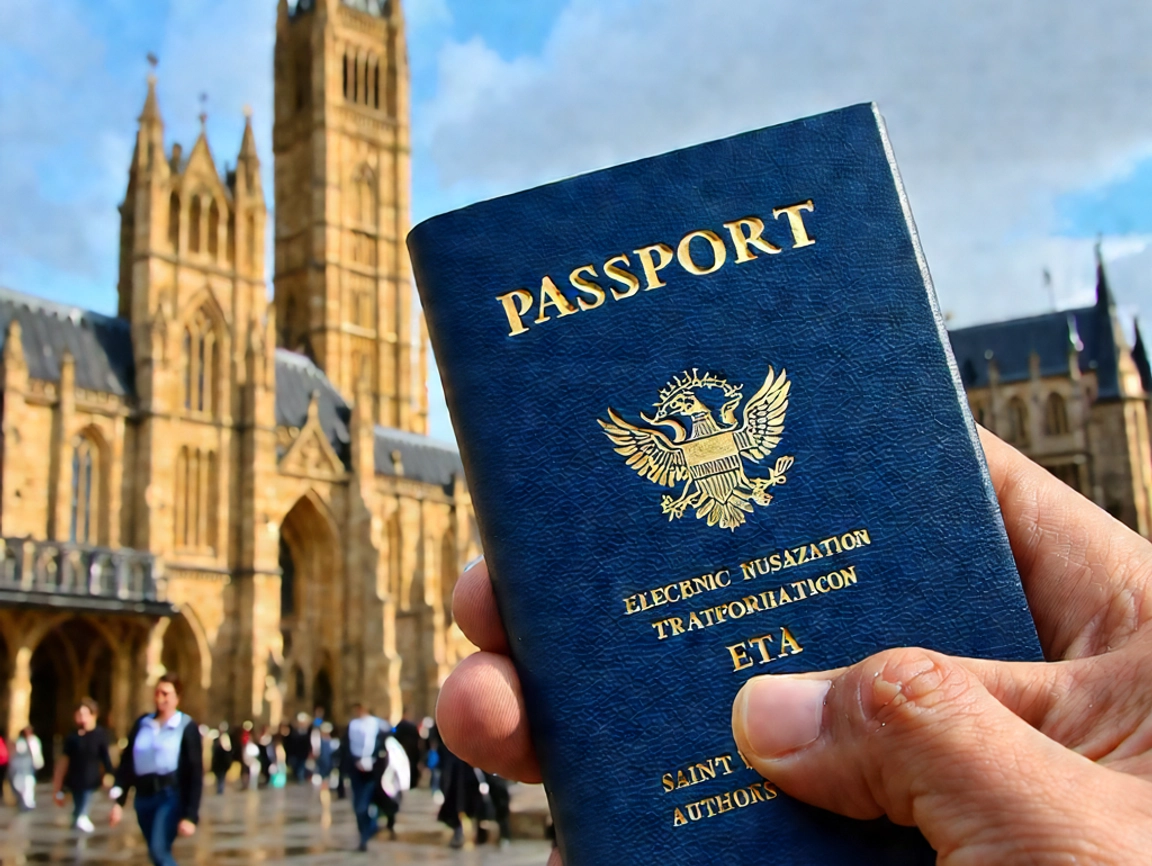Rum has a long history in Saint Lucia, starting in the 1900’s.
In the late 1950s, only two distilleries remained, one at Dennery, the site of the Barnard family plantation, and the other Geest-owned at Roseau, the location of the now St Lucia Distillers Group of Companies. In 1972 the St Lucia Distillers Group of Companies was formed when the two distilleries amalgamated producing a now-discontinued blend of rum whose name reflected the merger, Denros Bounty Rum.
It was the company’s ethos to make an excellent rum product.
Before we get into the list, we should ask the question – what is Rum?
Based on the search results, here is a comprehensive overview of what rum is:
Saint Lucia Rums: An Overview
Rum is an alcoholic spirit distilled from sugarcane byproducts, such as molasses or sugarcane juice. It is a popular liquor with origins in the Caribbean and Latin American regions.
Key Characteristics of Rum:
Definition and Production
- Rum is an alcoholic beverage distilled from a fermented cane product, typically molasses or sugarcane juice
- The distillation process can produce white/clear rum or aged/dark rum, depending on the ageing and blending methods used
Flavour and Styles
- Rum has a wide range of flavours, from light and delicate to bold and full-bodied, depending on the production methods and ageing process
- Common rum styles include white/light rum, gold/amber rum, dark rum, spiced rum, and flavoured rums
Cultural Significance
- Rum has a long history and cultural significance, particularly in the Caribbean, where it is closely tied to the region’s colonial past and sugar production
- Rum is commonly used in classic cocktails like the Daiquiri, Mojito, and Piña Colada, as well as in punches and other mixed drinks
Usage and Consumption
- Rum is typically consumed neat, on the rocks, or in cocktails and mixed drinks
- In some regions, rum is also used in cooking and baking, such as in rum cakes or rum-based sauces
In summary, rum is a versatile and culturally significant alcoholic spirit that is produced and enjoyed worldwide, with a wide range of styles and flavour profiles.
With all that said, Rum is a distilled spirit with a lot of history, styles, and uses as stated above.
Saint Lucia Rums
ADMIRAL RODNEY

Made from 100% continuous still rums, Admiral Rodney is St. Lucia Distillers flagship in terms of age and complexity. The rum commemorates the English Admiral Rodney who famously “broke the line” and vanquished the French fleet at the Battle of the Saints in 1782. In 2009 Admiral Rodney won Gold at the International Wine & Spirits Competition in London, Gold at the World Spirits Competition in Germany, and the Rum Trophy at the International Spirits Challenge.
CHAIRMAN’S RESERVE

Chairman’s Reserve was first blended in 1999 and was overseen by the then Chairman, Laurie Barnard who conceived a quality rum which was blended using continuous and pot still rums coming on stream after ageing. Local demand has been phenomenal, and the brand has expanded internationally, where the versatility of the rum makes for great cocktails. Chairman’s Reserve recently won Gold – Best in Class at the International Wine & Spirits Competition and Double Gold at the San Francisco World Spirits Competition.
BOUNTY

“The Spirit of Saint Lucia” was established in 1972 as the principle rum brand of St. Lucia Distillers, a united venture created when the last two distilleries on the island, the Dennery Distillery and Roseau Bay Distillery, merged. BOUNTY rum captures and conveys the island’s most dynamic and festive qualities, which stem from the island’s traditional and cultural roots. Our rums are a blend of double distilled rums from Guyanese molasses. They are known for their distinct clean and smooth mouth feel along with terrific medium bodied characters, ideal to be enjoyed in your favourite cocktails. Generations of St. Lucian’s have enjoyed BOUNTY’s clean and medium bodied profile, which makes it a versatile rum and ideal for mixing.
DENROS

St. Lucia Distillers overproof rum is a staunch favourite among rum drinkers in St. Lucia. Used in punches or drunk straight by the more adventurous, this is a highly versatile rum.
St Lucia Distillers ‘Rum’ making process
………………………………….
1. Raw Materials
Molasses, made from the juice extracted from sugarcane, is imported from the fertile river plains of sugar-producing Guyana.
2. Fermentation
Water, yeast & molasses are mixed and fermented at controlled temperatures for 24-30 hours.
3. Distillation
The mixture is heated and distilled in either a pot still or column (continuous) still. Each produces a distinct flavour, and each level of extraction gives a unique character to the spirit. The boutique and variety depend on the different draw points.
4. Maturation
Maturation time depends on the type of rum to be produced – premium aged rums, called sipping rums, are aged the longest; mixing rums like Bounty take less time, and white rums like Strong and unaged.
5. Blending
The exact character of each rum or liqueur is determined by a master team of blenders who are constantly developing new products once the right blend has been created and the product developed, those are meticulously reproduced on the production line.
6. Bottling
The packaging of a product often makes the difference between a rum’s commercial success and its failure. No matter how critically acclaimed the rum, packaging has to catch the eye. The label needs to resonate with the consumer.







